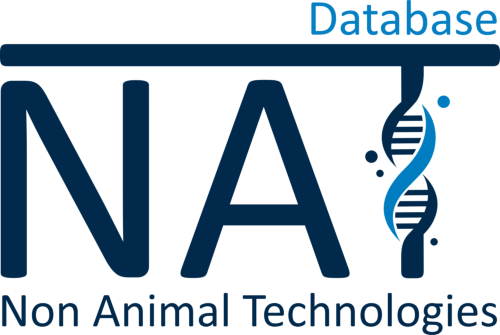Shell microelectrode arrays for brain organoids
2022
Johns Hopkins University, Baltimore, USA
Brain organoids are important models for mimicking some three-dimensional (3D) cytoarchitectural and functional aspects of the brain. Multielectrode arrays (MEAs) that enable the recording and stimulation of activity from electrogenic cells offer notable potential for interrogating brain organoids. However, conventional MEAs, initially designed for monolayer cultures, offer a limited recording contact area restricted to the bottom of the 3D organoids. Inspired by the shape of electroencephalography caps, in this study miniaturized wafer-integrated MEA caps for organoids were developed. The optically transparent shells are composed of self-folding polymer leaflets with conductive polymer–coated metal electrodes. Tunable folding of the minicaps’ polymer leaflets guided by mechanics simulations enables versatile recording from organoids of different sizes, and the feasibility of electrophysiology recording from 400- to 600-μm-sized organoidswas validated for up to 4 weeks and in response to glutamate stimulation. These studies suggest that 3D shell MEAs offer great potential for high signal-to-noise ratio and 3D spatiotemporal brain organoid recording.
Shell microelectrode arrays (MEAs) for brain organoids
David H. Gracias
Added on: 10-14-2021
[1] https://www.science.org/doi/10.1126/sciadv.abq5031[2] https://hub.jhu.edu/2022/08/17/brain-organoids-mini-grippers/





